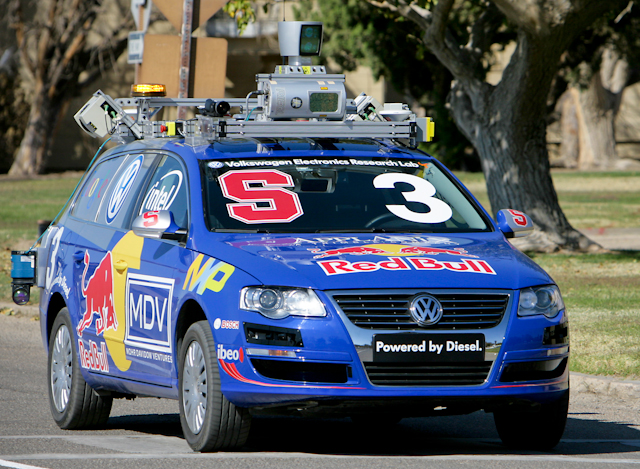The GROW AMERICA Act is a transportation bill from the Obama administration. It wants to give the National Highway Traffic Safety Administration control over all navigation tools. That includes mobile apps like Google Maps. The idea has caused a buzz in the market. Some folks are excited, others are not so sure. Tech giants in Silicon Valley are scratching their heads. They’re wondering if the regulators can catch up with tech’s lightning-fast advances.
Whether or not you believe that the federal government should regulate smartphone navigation apps as they do restraint systems and brakes, you can’t deny the fact that distracted driving in general is a growing concern on our roads.
In fact, over 420,000 people were injured in 2012 due to distracted drivers, and over 3,300 fatalities were recorded in the same period. Nearly 70 percent of drivers between the ages of 18 and 64 who were surveyed by the CDC in 2011 have reported making cell phone calls while driving, and more than 30 percent of the same group also admitted to sending text messages while driving.
Perhaps the most troubling statistic comes from the CDC’s study of high school drivers, where more than 40 percent admit to texting or sending email while driving. This is of particular concern for the NHTSA because it requires a combination of manual, cognitive and visual focus, making it a significant distraction behind the wheel. The NHTSA believes that navigation systems may cause the same degree of distraction behind the wheel.
What if Distracted Driving Were Safer?
It may seem unrealistic to think that distracted driving could actually be safe, but with the evolution of autonomous vehicles, this could become a reality. Consumer research even indicates that the ability to use and respond to technology resources – like email and other media – is a key point for consumers who have expressed interest in these vehicles when they come to market.
There are many benefits to autonomous vehicles becoming mainstream. Here are a few of the key benefits to the public:
- Preventing Fatalities – A decreasing rate of fatal accidents already proves the benefit of technology resources like lane-departure warnings and front-end-collision alerts as well as blind-spot cameras and adaptive vehicle lighting. As autonomous vehicle technology continues to evolve with automatic braking and other responses, the developments could significantly reduce the risk of human error behind the wheel, which could reduce fatalities even further.
- Improving Mobility – current automobiles require elaborate modifications for some people with disabilities to safely operate them. The availability of fully autonomous vehicles could simplify this process, improving the independence and mobility of those with disabilities. This has the potential to improve their emotional well-being, socialization and access to community resources.
- Reducing Traffic Congestion – the use of autonomous vehicles could actually increase roadway capacities and improve traffic flow since the vehicles can function safely and efficiently in traffic. The more efficient operation of an autonomous vehicle could reduce accidents and the delays and congestion that they create on the roads.
- Improving Land Use – autonomous vehicles will reduce the need for parking spaces, because the cars could drop passengers at a destination and then travel to a central parking area. Additionally, vehicle-sharing with autonomous vehicles can reduce individual ownership and parking needs.
For these benefits to be recognized, however, mass public adoption is necessary. Perhaps the safety features and benefits would be enough to increase demand to a sufficient level for affordability. Until they become the industry standard for vehicles, though, lawmakers are the key to paving their way. It’s up to the lawmakers to update distracted driver laws to reflect the improved safety of autonomous vehicles.
The key is to find balance in the lawmaker involvement. The technology is still too new and in development for sweeping regulation to be effective, accurate or helpful. Regulations instituted at this stage could actually hinder technological development.
When you consider the developments of autonomous vehicle technology in conjunction with the federal regulation efforts for navigation apps, it makes it clear that transportation is taking on a technology edge.
Until the autonomous vehicle becomes a mainstream reality, though, distracted driving remains a serious threat to safety for everyone on the road. Protect yourself by taking a defensive driving course. Not only can it make you safer on the road, but it may even earn you a discount on your auto insurance.

 Live Chat
Live Chat






